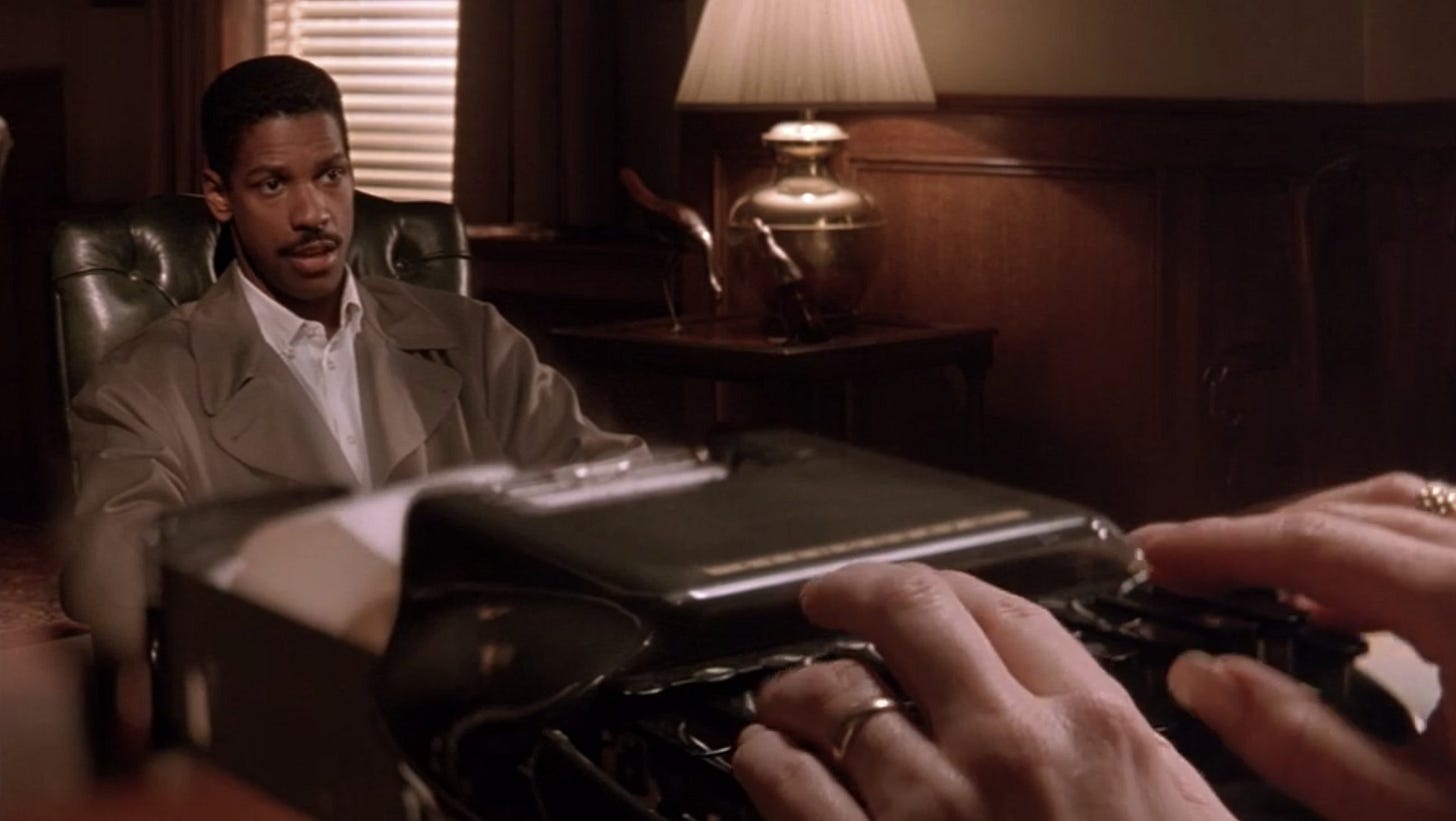Split Diopters in CARRIE
If you follow us on socials (which you definitely do?) you know we love a split diopter.
Let’s talk about some of what they can do, using frames from another of the split diopter’s biggest fans: Brian De Palma.
What’s A Split Diopter Do
Both a split diopter and a deep depth of field serve one similar purpose: to make more area of a screen sharp or in clear, defined focus than our eyes naturally would. In other words an object close to the camera/viewer is equally as in focus as an object far away. This gives the viewer more to look at at any given time, and more ‘control’ of what information they choose to watch as a scene plays out.
But split diopter is different to a deep depth of field in the specific way it accomplishes this. Because ‘seeing something close up and something far away in equally sharp focus’ isn’t something we’re used to, this can add to a feeling of surrealism or fantasy, as well as give a general atmosphere of creepiness or horror, a feeling something is slightly ‘off’.
Split Diopters in Carrie
In Carrie, this technique is used specifically to convey Carrie’s unease at being under a watchful authoritarian eye.
Here she is waiting outside the principal’s office with nobody near her; a ‘regular’ shot. But when the camera switch angles, it’s a split diopter (with the split hidden in the green stripe of wall between the two):
The principal’s secretary is clearly in focus, and thus seems much closer to Carrie than we know her to be. Carrie *feels* as though she’s being watched, we get the impression someone is always right over her shoulder even when we know they aren’t literally.
The split diopter lets the director put us in Carrie’s shoes without POV shots or any sort of dialogue.
The shot is used for other authority figures, such as Miss Collins keeping an eye on the class (the split visible in the open field) and Carrie’s mother at home (the split mostly hidden by the beam; it’s easier to hide in darker shots than the sunlit one above).
Even when Carrie’s mother isn’t looking directly at her, the implication is she can see Carrie as well as we can . . . or at least Carrie feels as though she can.
This is a similar effect to the shot in Carrie’s classroom (you can clearly see where the split is camouflaged in Tommy’s hair).
Carrie can’t see Tommy directly, but she knows he’s laughing at her.
Meanwhile, the split enables us to look between them, seeing Tommy’s amusement at Carrie’s expense, and Carrie’s pain at the same time.
Takeaway
The cinematic language here accomplishes three things at once, all before you factor in the acting, colours, dialogue, etc:
putting characters far from Carrie ‘over her shoulder’ reminds us Carrie always feels authority figures / God are watching and judging
letting us look between Carrie’s scared and unsure face and the faces of her tormenters puts us into her headspace
using a shot which is unlike how we usually see the world in ‘reality’ gives us a subconscious sense of unease
De Palma sometimes uses a split diopter for other purposes in his films, but Carrie is a perfect example of how horror can use a split diopter to help the audience understand the feelings which drive a protagonist does what she does . . . and perhaps even sympathise with her.
Further Reading
IMDB
Carrie (1976)
Ricochet (1991)
But I’m a Cheerleader (1999)
The Haunting (1963)








